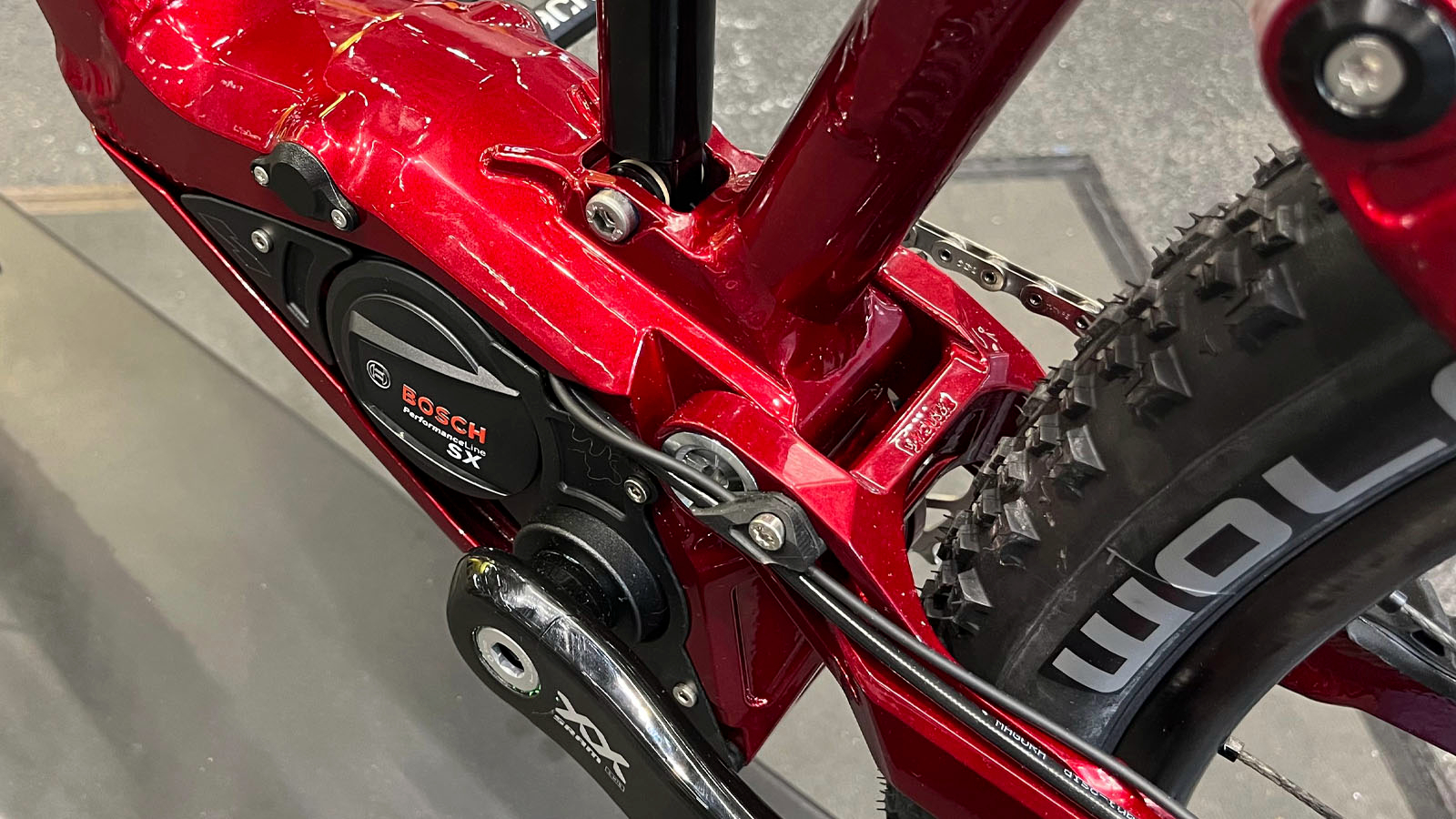
Eurobike is a huge bike-centric event held in the vast Messe exhibition halls in Frankfurt every June. It's a huge gathering of everything you could imagine in the cycling world, and this year's event didn't disappoint. The continued rise in e-MTB tech shows no signs of slowing down, and this was the first time for many brands to show what they have developed post-pandemic with some neat updates, interesting integrations, and game-changing innovations.
Some of these brands appear in our best e-mtb motors guide, but it looks like we will likely need to add plenty more to the list in the coming months. With the recent launches from Fazua, TQ, and now Bosch, there was plenty of lightweight mid-power e-MTB tech to see. However, there were still a lot of refinements and improvements in the more common full-fat motor area, too, as well as a very promising take on the e-MTB drivetrain. Here's the best of what we saw.
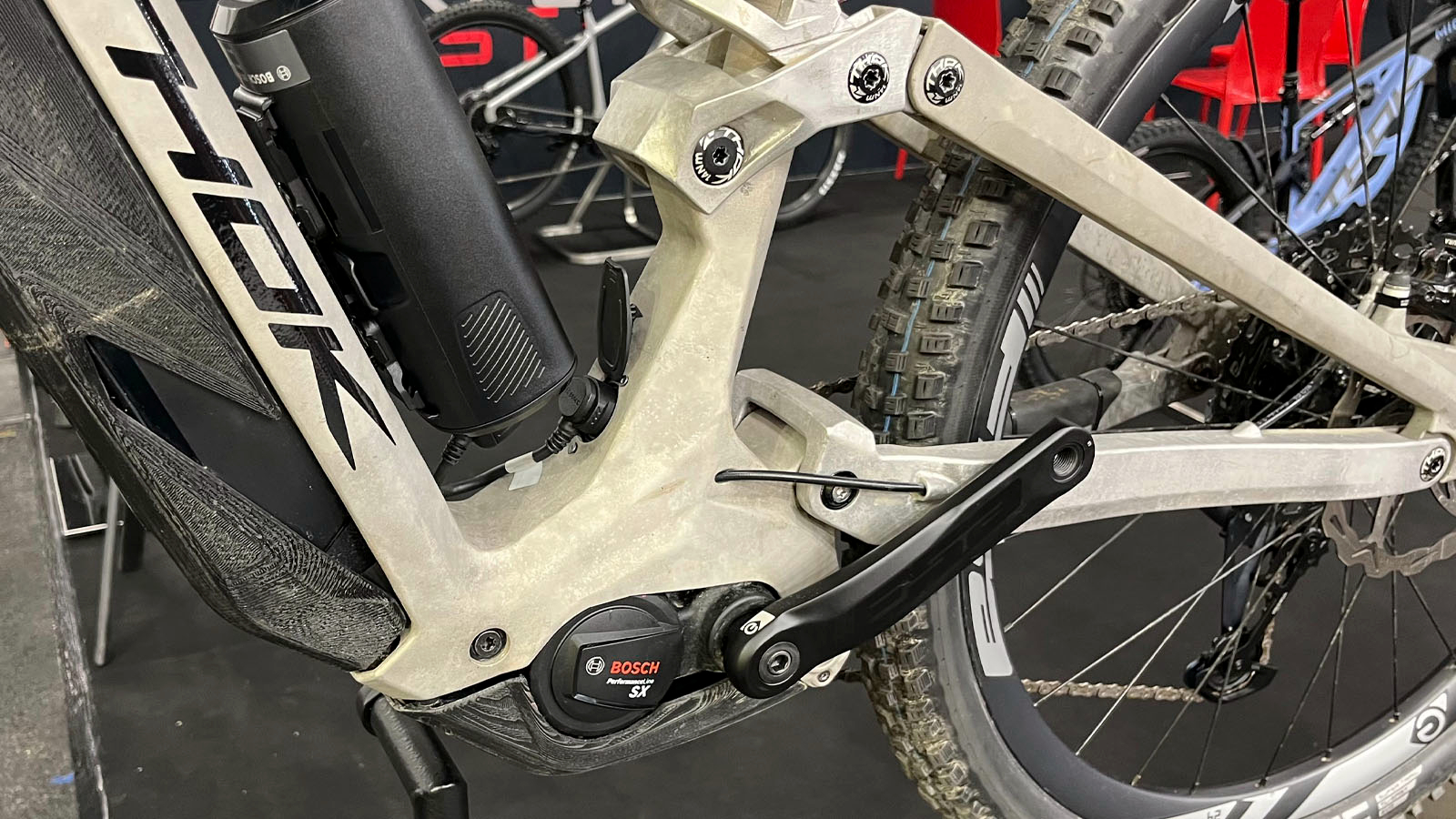
1. Bosch Performance line SX
Bosch were the first brand to show their new motor just before the show started. The Performance Line SX is a lightweight mid-power motor designed to work with the quickly growing lightweight e-MTB category. There were plenty of new bikes at Eurobike fitted with the SX motor and we expect to see these on the shop floors in late summer hopefully.
The Performance Line CX motors have long been an industry benchmark with high levels of torque, plenty of battery options, and user-friendly interfaces, as well as great warranty backup. The latest SX version uses many of the same software and control units as its existing ranges. This is good news for those used to the Bosch Smart System setup that's been around since 2021 which has been updated for peak performance and better tuning.
The new SX motor delivers 55Nm of torque and can output a constant 250w – with a peak output in the newly added Sprint mode of up to 600w. As the SX is designed with weight in mind, it's supplied with a smaller and lighter 400Wh battery, and a range extender battery of 250Wh is also available should you struggle with range anxiety.
- For: Sprint mode with 600w of power should give full-fat-like performance on tech climbs
- Against: Limited availability
- Best for: Lightweight trail e-MTB and e-gravel
- Why we're excited: It will be great to use Bosch’s familiar Smart System tech on more trail and gravel-focused machines
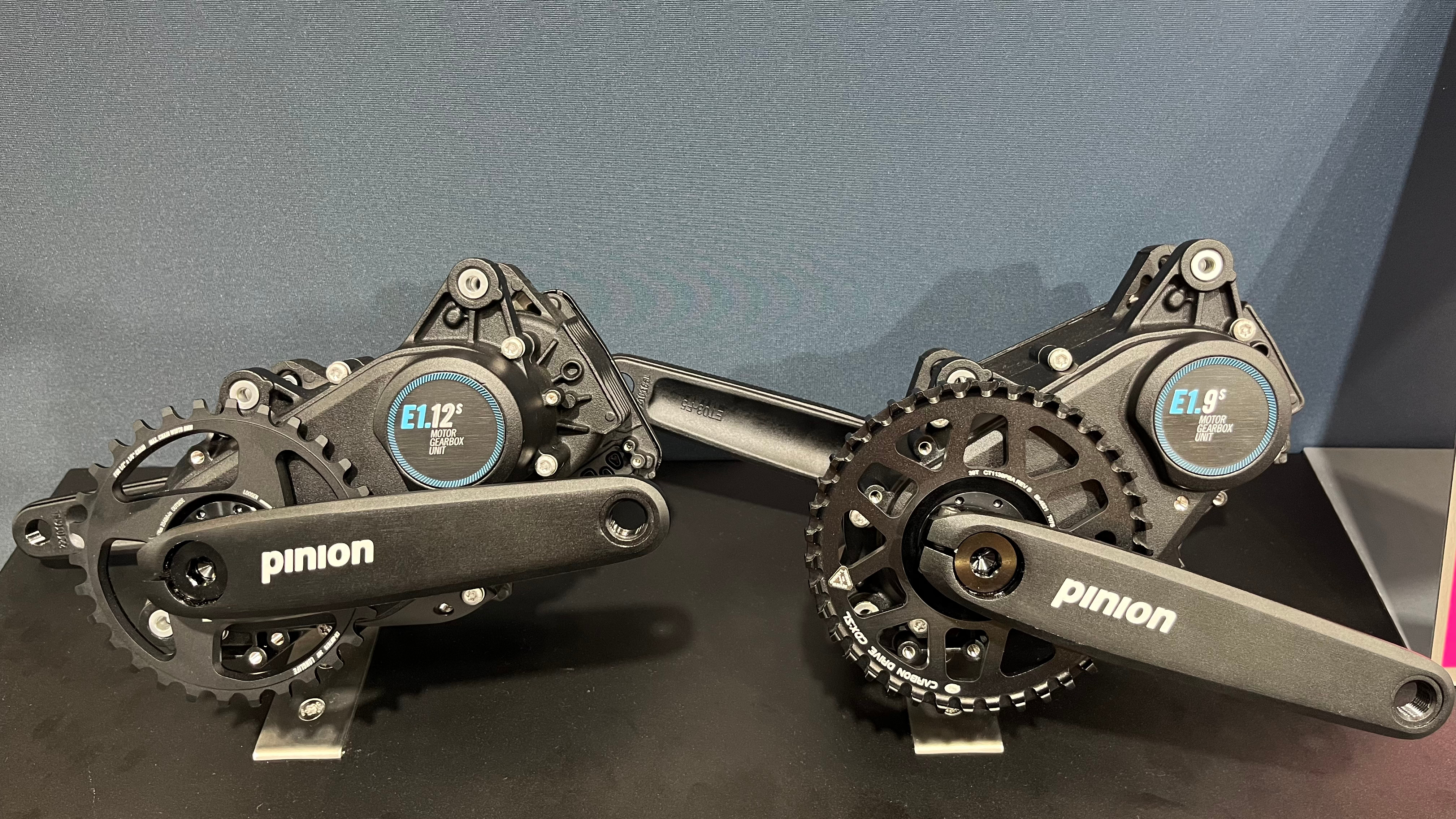
2. Pinion MGU
Pinion's new MGU combined motor and gearbox unit was the talk of the halls and even won the Eurobike Gold Show Award for Innovation, as it could be a genuine game changer for riders and bike designers alike. By not having to have a derailleur and a large cassette at the back wheel, your bike will have a lot less unsprung weight, which will mean much better performing suspension. This was exactly what the guys from Honda did on the much-loved RN01 downhill race bikes back in the day.
Pinion has made gearbox gearing solutions for some time now, but this is the first time they has been integrated with a motor and electronic gear selector. The motor offers 85Nm of power but up to 160Nm of torque. As the system doesn't use a standard chain and derailleur setup, the power number is slightly misleading, but its high torque should ensure a punchy ride.
Pinion have partnered with Germand Brand FIT on batteries, software, and display units with 480, 720, and 960Wh batteries available. The gearbox element has two versions, with options for 9-speed and a 12-speed gears the latter with a larger range of 600 percent.
- For: Lower unsprung weight, no mechs to destroy, longer lasting drivetrain
- Against: Limited bike options out there currently
- Best for: Hard-hitting, high-mileage e-MTB riders
- Why we're excited: No more worn-out cassettes and chains, and more sensitive, supple suspension
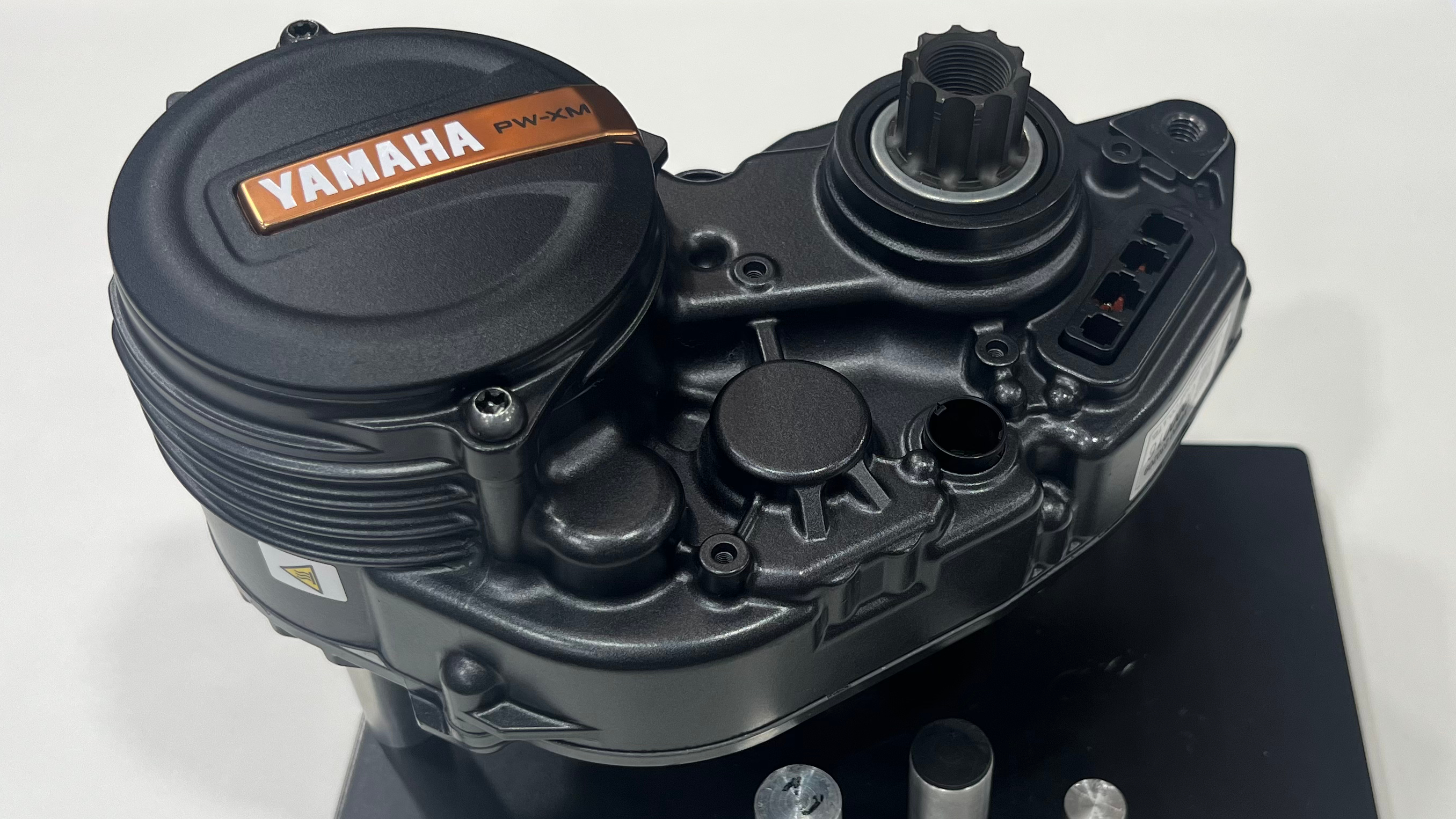
3. Yamaha PW-XM
Yamaha had their latest PW-XM motor on show for all to see, which is a lighter version of the PW-X3, which you may have seen on the Giant Trance X Advanced range launched earlier this year. The huge Japanese brand have a rich history in electronics and going fast on two wheels, so it should come as no surprise that it offers a very competitive drive unit.
Yamaha's take on the lightweight motor still packs an impressive 85Nm of power compared to the 50-60Nm offered by brands like Fazua, TQ, and Bosch. The new motor weighs 2.6kg, which gives it the highest torque to weight range in the Yamaha range. Most of this weight-saving is made by using a magnesium case which has been used before by both Bosch and Shimano in their race-orientated engines.
Batteries are available in 400 and 750Wh, and a 360Wh extender battery is also available should you happen to need 1110Wh of battery. The new motor keeps the same fitting points and running software as previous versions as well as the Interface X controller and a neat remote unit that mounts next to your grip.
- For: Lighter weight for a full power setup, reliability as standard with Yamaha
- Against: Has more drag once over the 15 mph speed limit than other brands.
- Best for: Trail riders looking for a reliable minimal fuss system.
- Why we're excited: The PW-XM motor used in the Giant Trance X felt great, and the new model looks even better
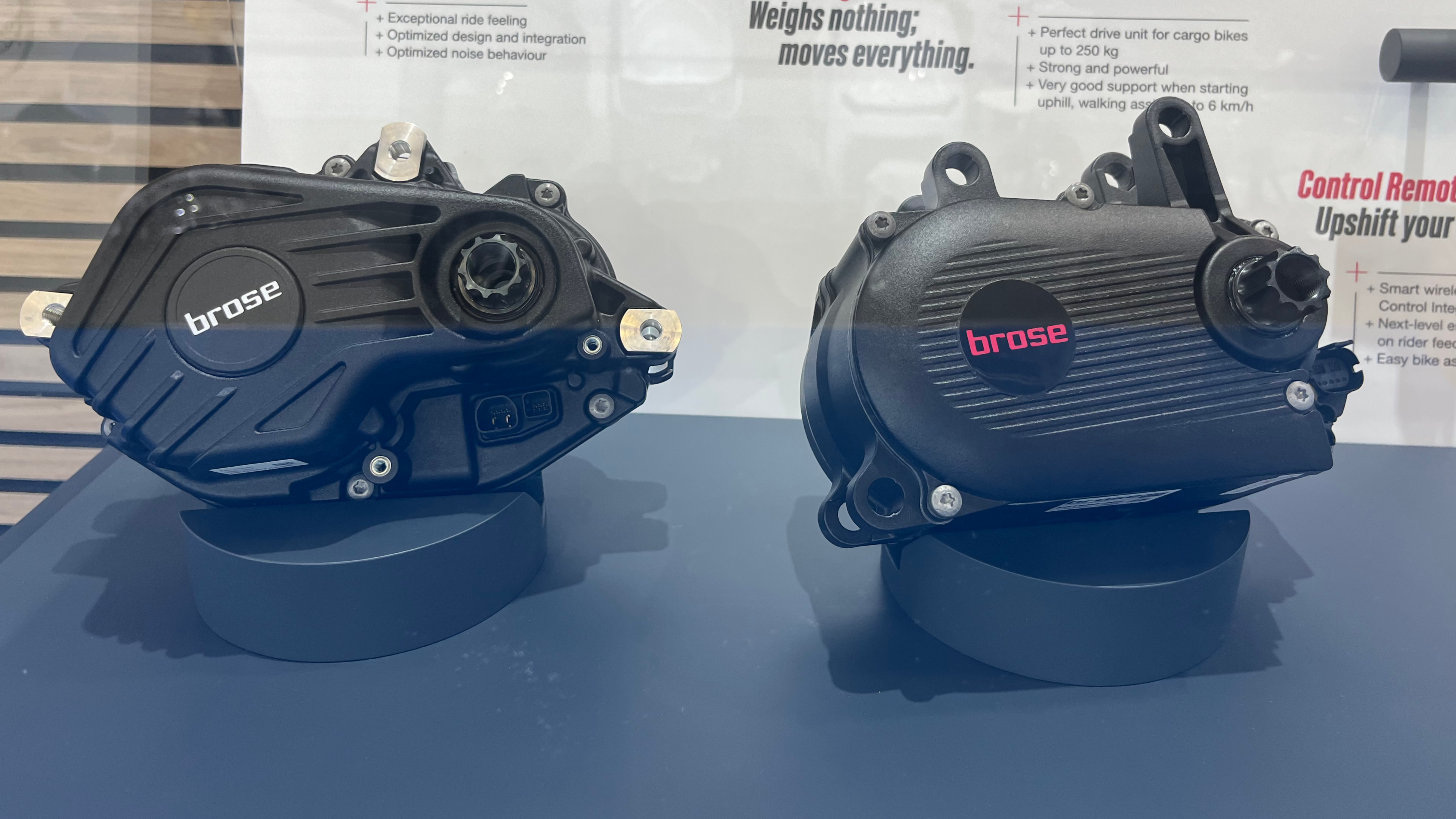
4. Brose Drive 3 Peak
Brose where one of the early trendsetters in e-bike motors, having released their first models in 2014. As with many motor brands, they come from an automotive background. In fact, the first e-bike options were adapted from a power steering motor Brose manufactured for Mercedes. They are one of the largest producers of e-MTB motor systems, supplying the likes of Specialized on its Levo and Kenevo models in standard and SL formats.
It's latest release is the Drive 3 Peak, which is a bit of a beast offering up to 95Nm of torque in a 2.9kg package. All Brose motors use an internal belt system instead of the gears found in other brands, which makes them comparatively quiet. They also offer a wide range of control units, from the small remotes used by Specialized to more complete LCD displays and batteries from 430 to 700Wh.
- For: A massive 95Nm of power is one of the highest out there
- Against: High-power motors have a habit of rapidly decreasing battery life
- Best for: Those who find current offerings lacking in boost
- Why we’re excited: We're keen to see how the extra grunt performs when climbing
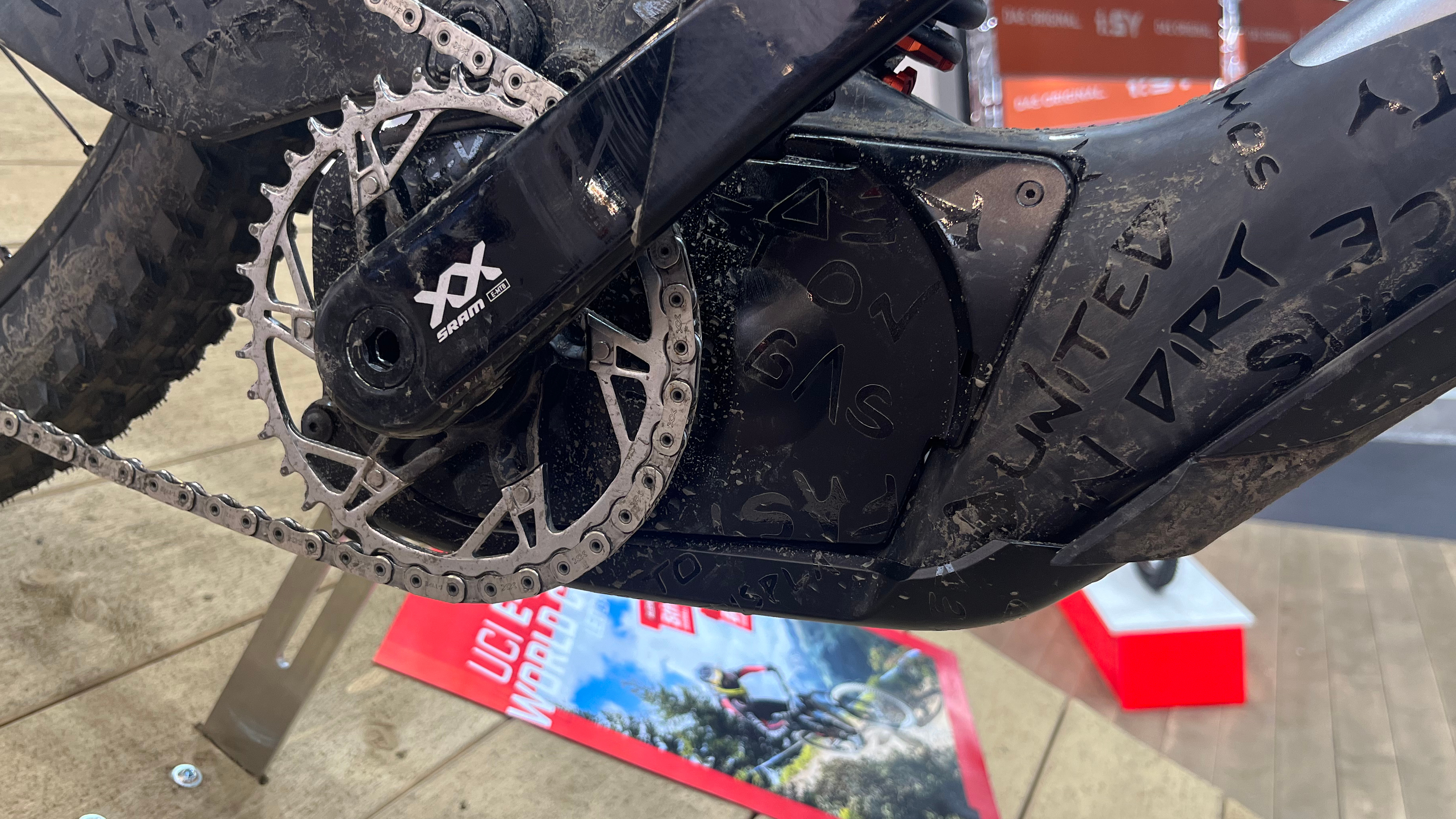
5. SRAM?
The guys from SRAM were staying very tight-lipped on an unbadged motor seen on the GasGas stand, but it looks likely to have been a new motor from SRAM. Details wise, there are nothing confirmed as yet, but given it's a prototype e-enduro race bike from the GasGas SRAM e-EDR race team, it's safe to assume it packs plenty of power. Smaller bolts than on other motors have been used to mount to the bike, so they have tried to minimize weight where possible. But apart from using an AXS electronic gear shifter and SRAM's T-Type Transmission, it was hard to spot any other key features at Eurobike.
We've looked into patents and other clues to SRAM’s e-motor plans in the past, and it looks like they might be about to reveal something big in the coming months. For a deeper dive into what the finished motor might look like, check out our article on everything we know about SRAM's e-MTB motor.
- For: Great to (potentially) see a big player in the bike industry getting involved
- Against: Nothing so far
- Best for: E-enduro racing as that's all we have seen it on so far
- Why we’re excited: SRAM has a habit of shaking up the market, so it'll be interesting to see their take on e-MTB motors







